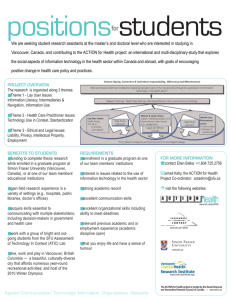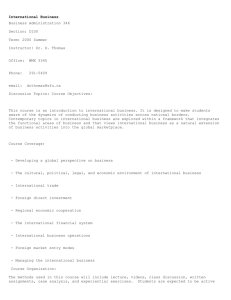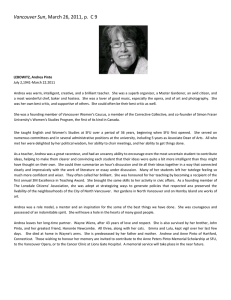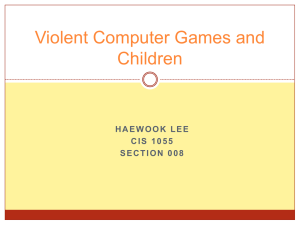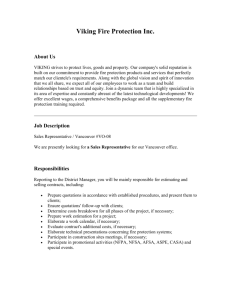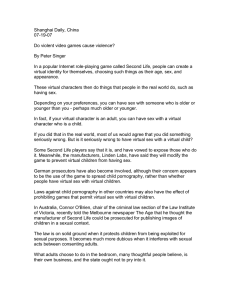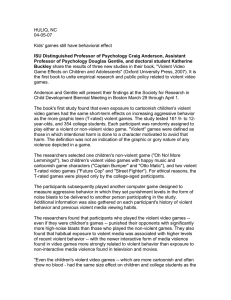Other Considerations
advertisement
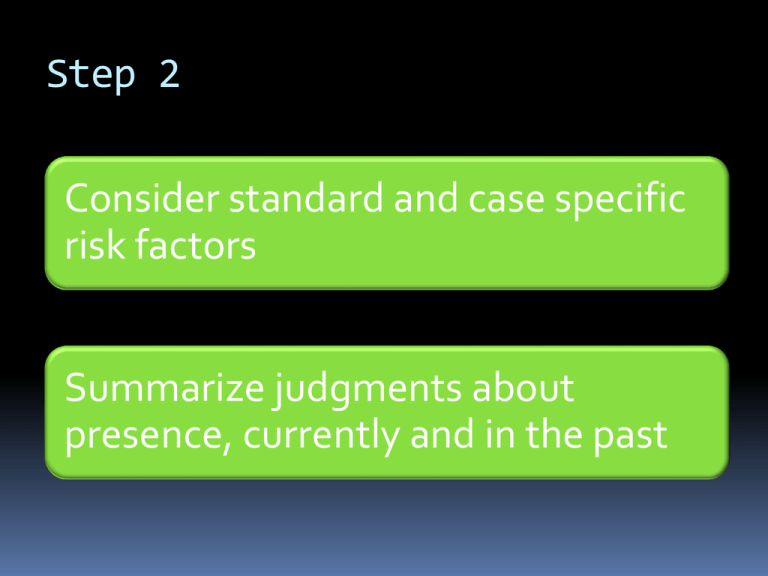
Step 2 Consider standard and case specific risk factors Summarize judgments about presence, currently and in the past Intimate Partner Violence Violent Acts Violent Threats or Thoughts Escalation Violation of Court Orders Violent Attitudes Other Considerations Psychosocial Adjustment General Criminality Intimate Relationship Problems Employment Problems Substance Use Problems Mental Health Problems Other Considerations Step 3 Identify and target relevant risk factors Specify management strategies and tactics Strategies Monitoring • Surveillance or repeated assessment Supervision • Imposition of controls or restriction of freedoms Treatment • Rehabilitation, including further assessment Victim Safety Planning • Enhancement of security resources for identifiable targets Step 4 Communicate summary judgments clearly and simply Identify important limitations on opinions Issues Case Prioritization • Degree of effort or intervention required Serious Physical Harm • Risk for lifethreatening violence Immediate Action • Urgent intervention taken or needed Case Review • Date for regular review and triggers for emergency review Beyond Perpetrator Risk Factors Victim Vulnerability Factors Problems with victims’ ability to care for their own safety Physical isolation Social isolation Employment and financial problems Concerns with dependents Health problems Substance use problems Community Support Factors Does the community provide victims with services – formal or informal – that are: Available? Accessible? Acceptable? Affordable? Appropriate? SPJ Guidelines B-SAFER + ASAP Conclusions Preventive focus Holistic perspective Coordinated response Common language Accountability mechanisms Contact Information Department of Psychology ProActive ReSolutions Inc. Simon Fraser University #142-1020 Mainland Street Vancouver, BC Vancouver, BC Canada V5A 1S6 Canada V6B 2T4 +1 (604) 291-5485 +1 (877) 595-9933 hart@sfu.ca shart@proactive-resolutions.com www.sfu.ca/psyc/faculty/hart www.proactive-resolutions.com
